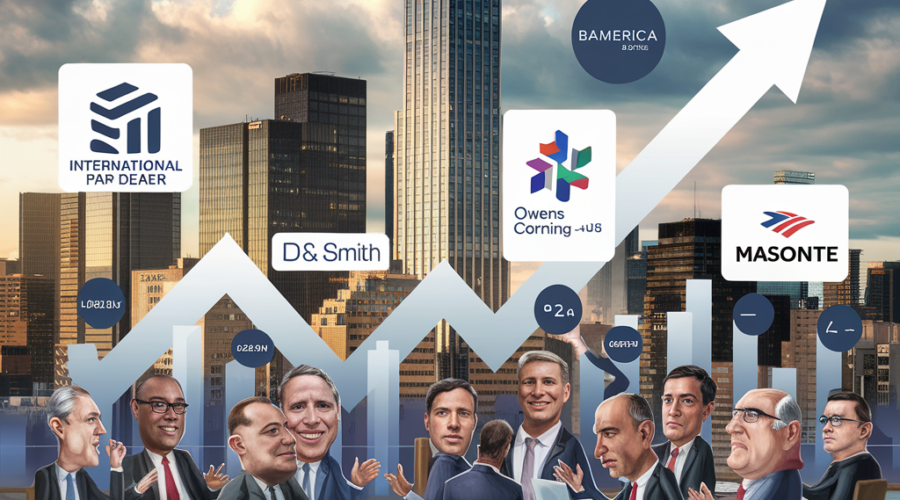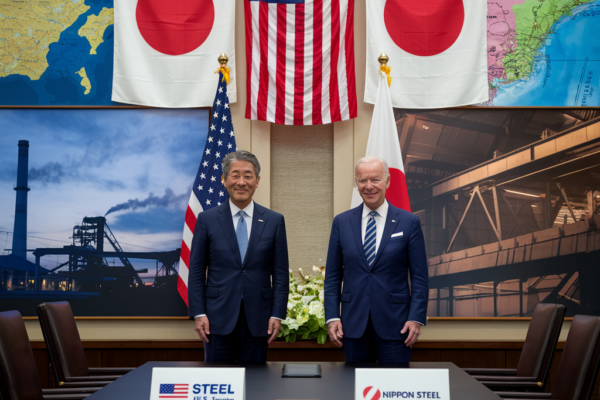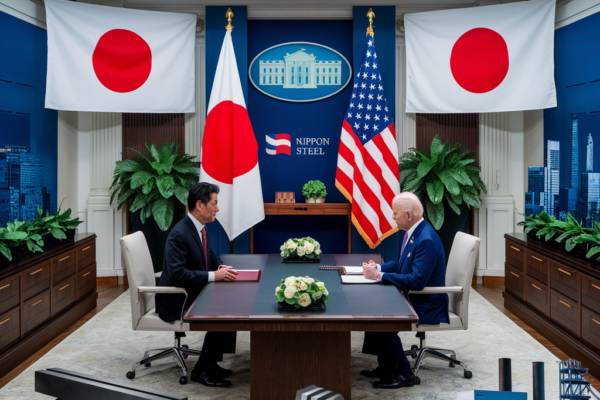- Strategic Resilience: Bank of America’s 18% surge in dealmaking fees despite sluggish M&A activity showcases its strategic resilience and adaptability in navigating challenging market conditions.
- Cost Synergy Focus: The bank’s emphasis on cost synergies is evident in major deals like International Paper’s acquisition of DS Smith, expected to deliver over $500 million in synergies, with $475 million from cost reductions.
- Growth-Oriented Deals: Bank of America is also facilitating growth-oriented scope deals, such as Owens Corning’s bid for Masonite, aimed at expanding its building products portfolio and delivering $125 million in cost synergies.
- Regulatory Environment: Companies are navigating record-high valuations and meaningful bid-ask spreads, underscoring the crucial role of the regulatory environment in deal flow.
- Historical Context: Following the 2008 financial crisis and COVID-19 pandemic, M&A activity rebounded, leading to substantial increases in dealmaking fees for banks, a trend Bank of America is capitalizing on.
- Competitive Positioning: Bank of America’s fee growth positions it effectively against competitors like Citigroup, which saw a 44% jump in M&A and debt bankers’ fees, in a challenging market.
- Sector Dynamics: The energy sector has been a significant driver of M&A activity, with a shift towards scale consolidation deals, while the tech sector continues to focus on growth-oriented scope deals.
- Advanced M&A Processes: Companies leveraging advanced M&A processes and targeting multiple sources of value, like Bank of America, are poised to reap the most benefits from M&A in the evolving landscape.
- Future Outlook: The sustainability of Bank of America’s fee growth will depend on its ability to continue adapting to evolving market conditions and delivering both cost synergies and growth through strategic dealmaking.
Bank of America Thrives with 18% Fee Surge in Sluggish M&A Market





